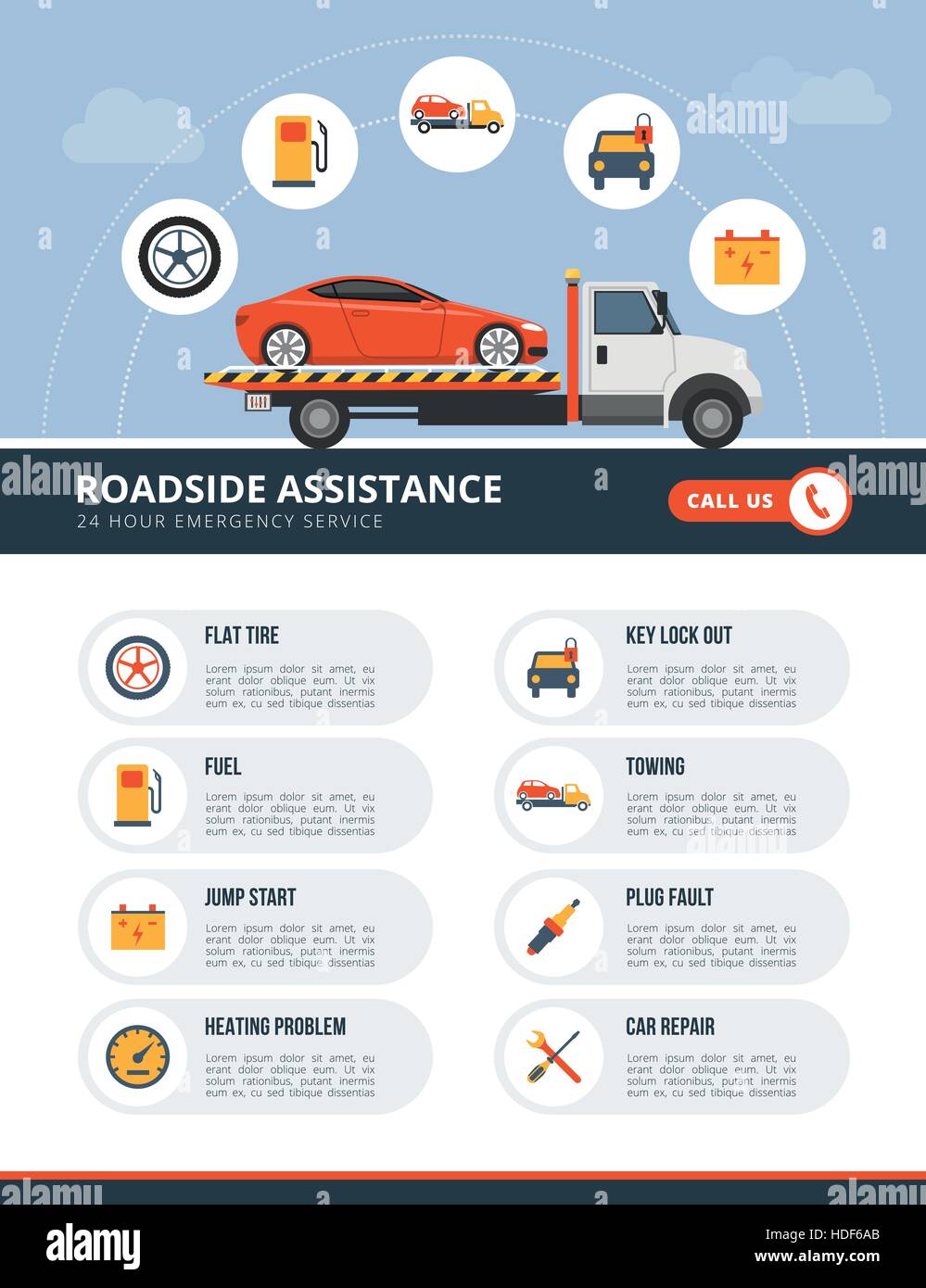Translating Your Automobile'S Caution Indicators: What They Absolutely Represent
Translating Your Automobile'S Caution Indicators: What They Absolutely Represent
Blog Article
Post Developed By-Vinson Torres
When you lag the wheel, those beautiful caution lights on your control panel can be a bit bewildering. Do you know what they're trying to tell you concerning your car's health? Recognizing the significance of these lights is crucial for your security and the durability of your vehicle. So, the following time one of those lights turns up, wouldn't you intend to understand its message accurately and take the required steps to resolve it?
Common Warning Lights and Interpretations
Identify common caution lights in your automobile and recognize their definitions to ensure risk-free driving.
The most normal warning lights include the check engine light, which indicates problems with the engine or emissions system. If this light comes on, it's vital to have your lorry checked promptly.
The oil stress advising light shows low oil stress, needing immediate focus to avoid engine damage.
A blinking battery light may recommend a damaged charging system, possibly leaving you stranded otherwise resolved.
The tire pressure monitoring system (TPMS) light signals you to low tire stress, affecting lorry security and fuel performance. Overlooking this could lead to dangerous driving problems.
The ABS light shows a problem with the anti-lock braking system, jeopardizing your ability to stop rapidly in emergencies.
Lastly, the coolant temperature warning light warns of engine getting too hot, which can cause severe damage otherwise dealt with promptly.
Comprehending these typical caution lights will certainly help you address concerns promptly and preserve risk-free driving conditions.
Significance of Prompt Interest
Recognizing the typical caution lights in your car is only the first step; the importance of immediately resolving these warnings can not be emphasized sufficient to ensure your security when driving.
When a warning light brightens on your control panel, it's your vehicle's means of interacting a potential issue that requires focus. Ignoring these cautions can lead to more serious troubles later on, compromising your safety and security and possibly costing you much more out of commission.
Trigger interest to cautioning lights can protect against breakdowns and accidents. For example, a blinking check engine light can suggest a misfire that, if left unattended, could create damages to the catalytic converter. Resolving this without delay can save you from an expensive repair work.
Similarly, motorcycle detailing auckland alerting light could signal low brake fluid or worn brake pads, crucial elements for your security when driving.
Do It Yourself Troubleshooting Tips
If you see a caution light on your dashboard, there are a few DIY repairing pointers you can attempt before seeking specialist help.
The primary step is to consult your cars and truck's guidebook to understand what the details warning light shows. Occasionally the concern can be as easy as a loosened gas cap activating the check engine light. Tightening up the gas cap may settle the problem.
cardrtailing is a reduced battery, which can trigger different alerting lights. Inspecting visit my homepage for rust and guaranteeing they're safe and secure might take care of the issue.
If a caution light continues, you can attempt resetting it by separating the vehicle's battery for a couple of minutes and afterwards reconnecting it. Furthermore, examining your vehicle's liquid levels, such as oil, coolant, and brake liquid, can aid repair cautioning lights associated with these systems.
https://brake-pads61504.blogsuperapp.com/30453508/accomplishment-account-sprucing-up-a-forsaken-vehicle-via-comprehensive-detailing , recognizing your cars and truck's warning lights is important for keeping your car running efficiently and securely. By promptly addressing these alerts and recognizing what they suggest, you can prevent costly repairs and prospective malfunctions.
Keep in mind to consult your car's manual for particular information on each warning light and do something about it appropriately to make sure a hassle-free driving experience.
Stay notified, stay risk-free on the road!
